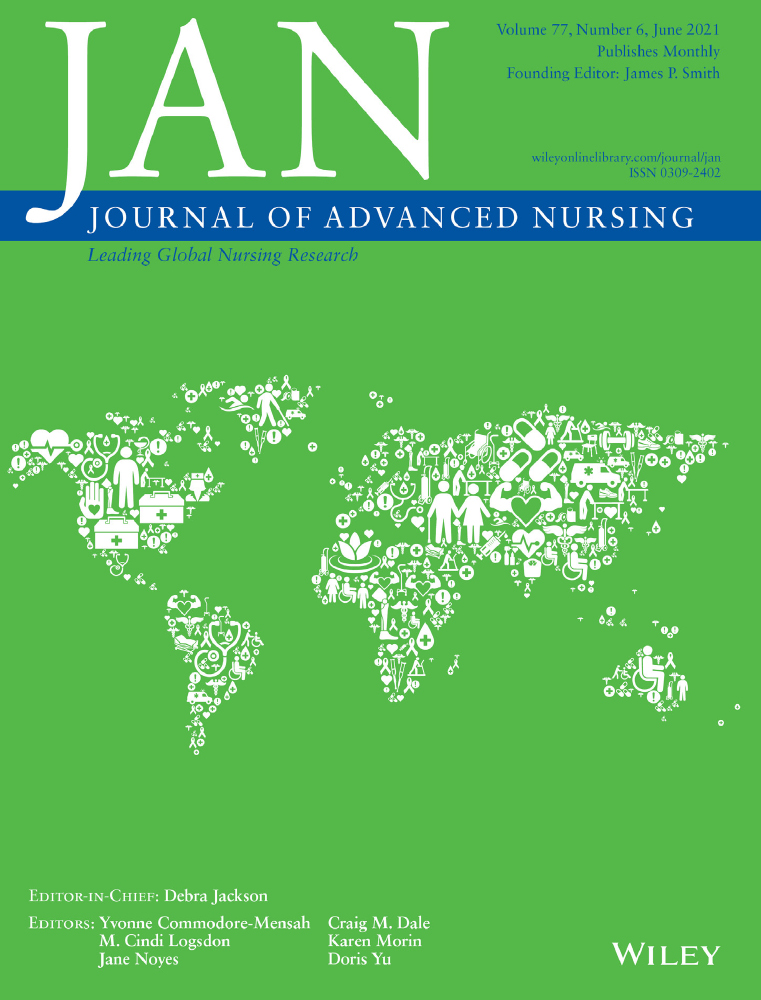Systematic review: An exploration of core componentry characterizing effective sustained nurse home visiting programs
Dr. Carly Molloy and Dr Ruth Beatson should be considered joint first author.
Funding information
All phases of this research were funded by the Paul Ramsay Foundation and Eureka Benevolent Foundation. The research is also supported by the Victorian Government's Operational Infrastructure Support Program. Professor Goldfeld is supported by Australian National Health and Medical Research Council (NHMRC) Practitioner Fellowship (APP1155290). The funding bodies had no role in relation to the design and conduct of the study; collection, management, analysis, and interpretation of the data; preparation, review, or approval of the article; and decision to submit the article for publication. The authors have no financial relationships relevant to this article to disclose.
FINANCIAL DISCLOSURE
The authors have no financial relationships relevant to this article to disclose.
Abstract
Aims
To identify the core components or potential ‘active ingredients’ of sustained nurse home visiting (SNHV) programs that have demonstrated positive effects on maternal or child health, psychosocial development, or self-sufficiency outcomes among disadvantaged families in high-income countries.
Design
Systematic review with narrative summary.
Data sources
Programs were identified from searches of several reputable evidence clearing houses and the following bibliographic databases: Medline, Cumulative Index to Nursing and Allied Health Literature (CINAHL), PsycINFO, and Cochrane Central Register of Controlled Trials. Year of publication was originally restricted from 2008 -2018, with additional searches conducted up to 2019.
Review methods
This review of SNHV program componentry builds on a previous evaluation of program effectiveness. Programs were selected for inclusion if they had been tested in a randomized or cluster-randomized controlled trial (RCT/CRCT). Componentry characteristics related to program delivery, nurse provider, and outcome-specific intervention content were then extracted.
Results
Comparison of the seven eligible programs showed seven common core components: antenatal commencement, support to child age 2 years, at least 19 scheduled visits and experienced or highly qualified nurses with program-specific training, caseloads of approximately 25 families, regular supervision, and multidisciplinary supports. Outcome-specific program content was generally not well reported.
Conclusion
The findings from this review have utility in guiding the development of minimum standard benchmarks and best-practice recommendations for SNHV programs and call for more detailed publication of core content componentry in the SNHV literature.
Impact
Identification of the core componentry underpinning program effectiveness should inform policy decisions on program selection, adaptation for specific populations, and quality control. Such evidence-based decision-making should in turn lead to better maternal and child outcomes among disadvantaged families in high-income countries, reducing societal and economic burdens of inequity.
CONFLICT OF INTEREST
Professor Goldfeld was instrumental in the design, implementation, and prior evaluations of one of the programs included in this review. To manage this potential conflict of interest, she was not involved in: initial review protocol development, screening of papers for inclusion, data extraction, or assessment of study quality. The remaining authors have no conflicts of interest or financial relationships relevant to this article to disclose.




